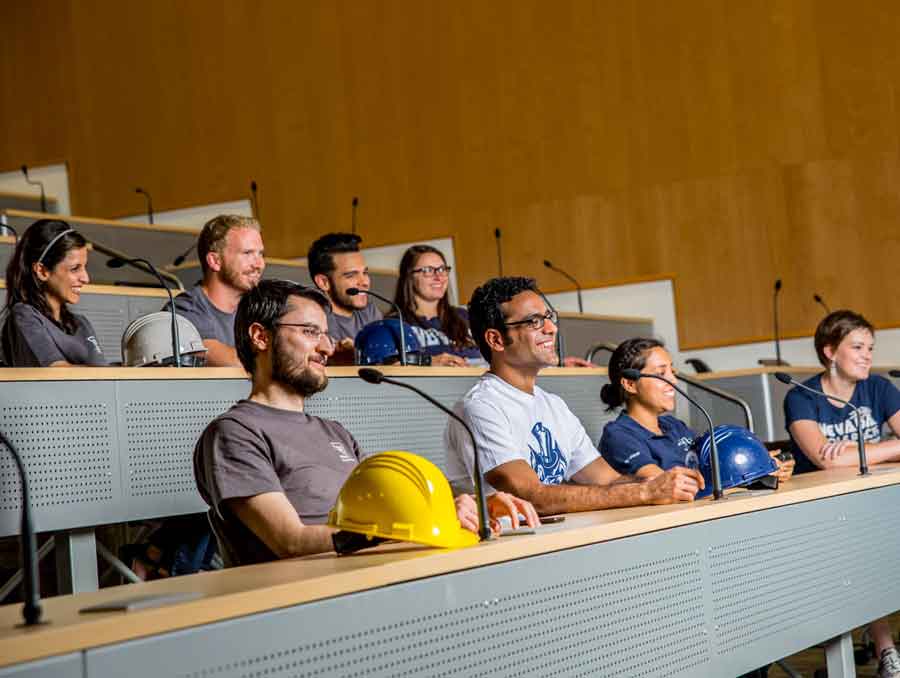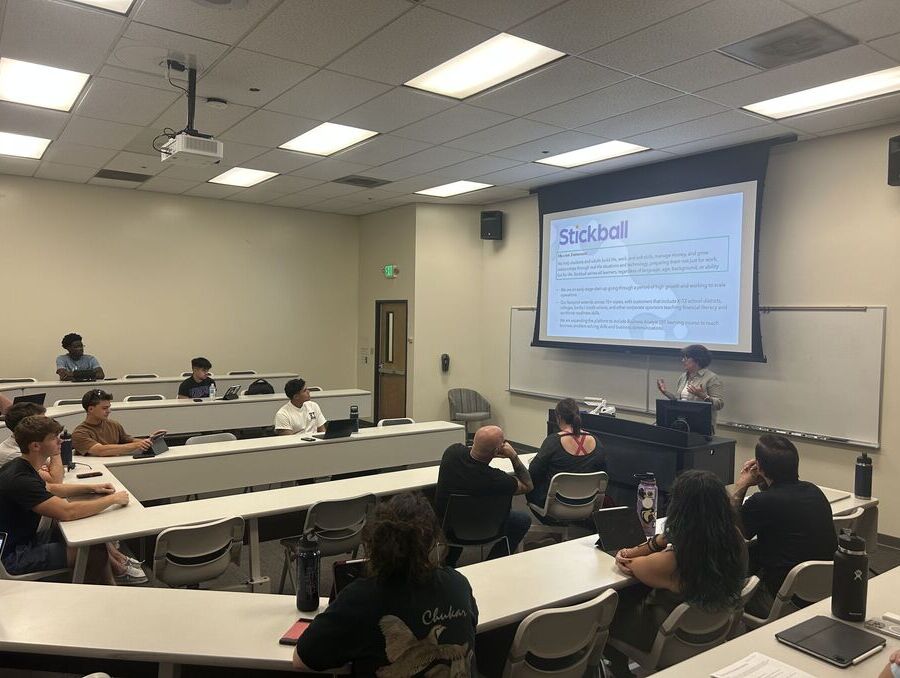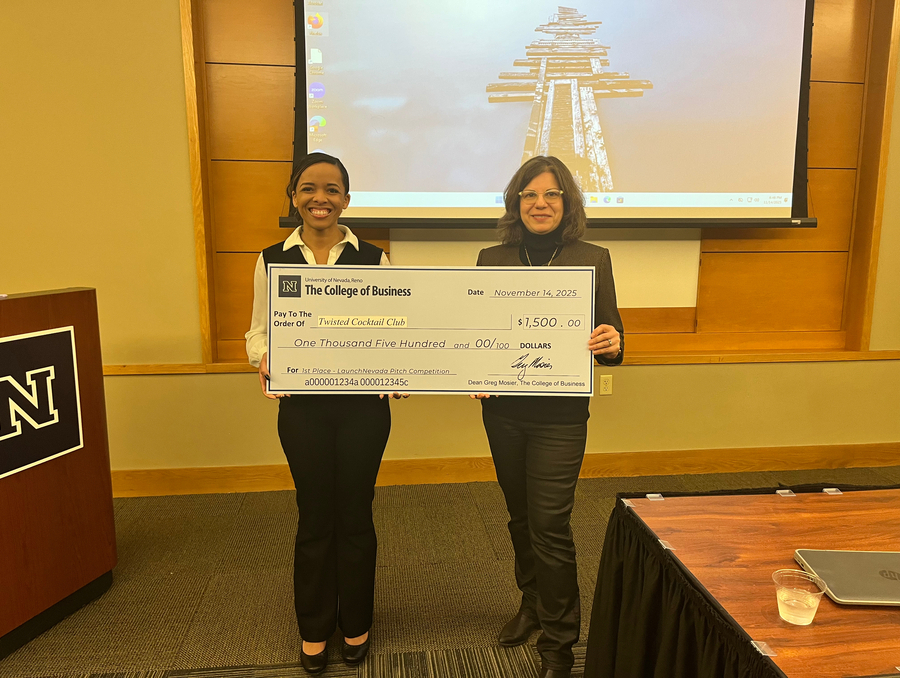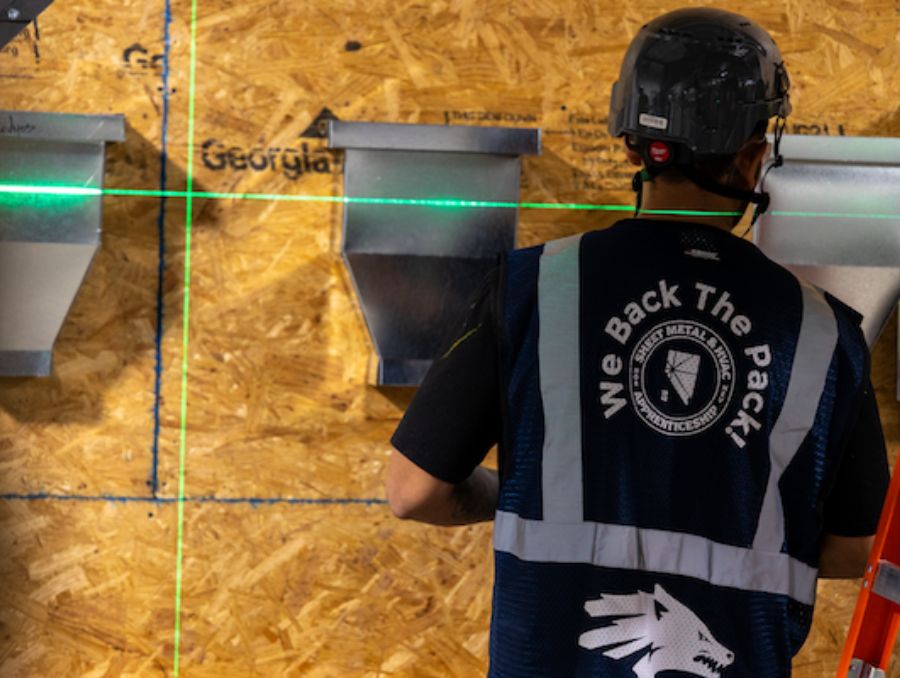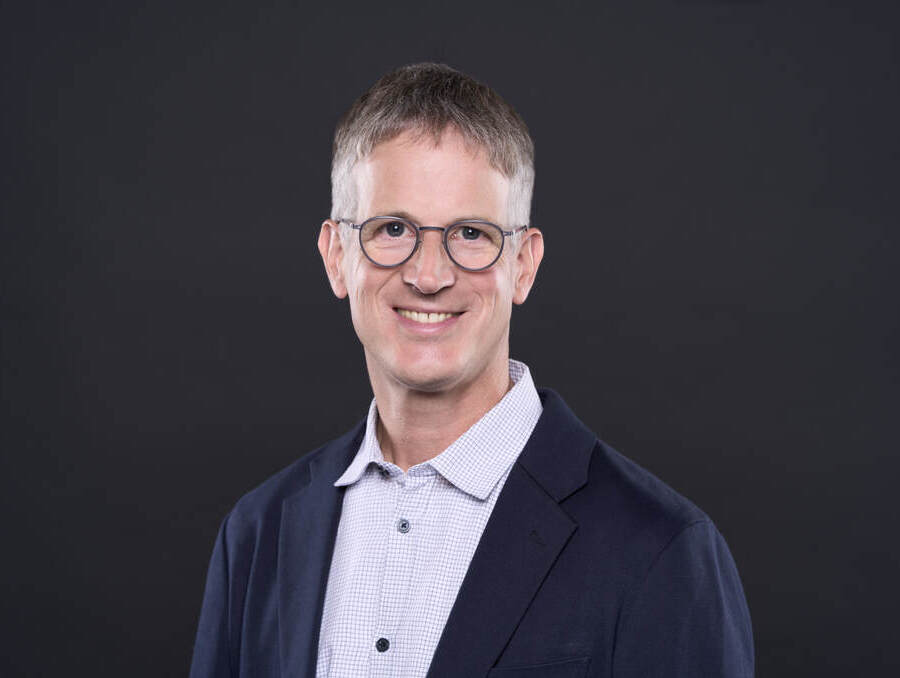The Department of Civil and Environmental Engineering at the University was recently awarded a $750,000 grant to establish the GAANN Fellowships program, sponsored by the U.S. Department of Education.
GAANN, which stands for Graduate Assistantship in Areas of National Need, will support fellowships for Ph.D. students related to the general theme of “Rebuilding the Nation’s Structural Infrastructure for Resilience to Extreme Events.”
"With the awarding of a GAANN grant to the CEE department, the University of Nevada, Reno, joins the ranks of our nation's most accomplished research universities including Duke University, Penn State University and the University of California, Davis," said David Zeh, Dean of the Graduate School. "The GAANN Fellowship Program promises to substantively augment the University's recent impressive gains in the recruitment and retention of a talented and diverse population of STEM graduate students."
Those chosen for the program will be provided with a need-based stipend of up to $34,000 per year. Each fellowship also includes an institutional payment that can be used to cover tuition and fees, research supplies, and travel expenses for professional development opportunities.
According to Keri Ryan, associate professor of civil engineering and GAANN project director, the program is estimated to fund six to nine fellowships a year for the next three years. The program will be used to strengthen domestic recruiting and identify pipelines for continuous student recruitment.
“Over the next few years, we hope to strengthen our program by identifying other sources of assistantships and fellowships for Ph.D. students,” Ryan said. “This program is a great opportunity for graduate students because the fellowship is not tied to a particular project.”
Additional opportunities for GAANN fellows include a pilot program of teaching instruction, mentorship and career development workshops to help enhance the graduate school experience and better prepare participants for their future careers in academia. All fellows will take a teaching instruction course followed by a teaching practicum course, offered by Adam Kirn, assistant professor of engineering education.
“We’ll expand these opportunities to other graduate students if they are successful,” Ryan said. “Right now, the program is experimental, but we hope that prospective fellows will be excited by these opportunities.
Ryan is one of eight faculty research advisors in the program, including three recently hired faculty: Hamed Ebrahimian, Floriana Petrone and Elnaz Esmaeilzadeh Seylabi.
The earthquake and structural engineering program has a long history on campus, focusing on experimental and analytical research that has influenced current seismic design practice for buildings and bridges. The academic program houses two state-of-the-art structural laboratories and testing facilities. The Earthquake Engineering Laboratory houses the only re-locatable four-shake-table array in the country, which is capable of simulating earthquakes for large-scale experiments. Currently under construction is the fifth shake table and biaxial laminar soil box, used to test structures subjected to soil-structure-interaction. Together, they provide opportunities to test large-scale full bridge systems, multi-story buildings, and more.
“The GAANN program will create a cohort of excellent graduate students who not only increase the quality of graduate research and education under the grant, it will allow us to attract high quality graduate students and research in other areas of the civil and environmental engineering department,” said Krishna Pagilla, professor and department chair.
Fellowships may be awarded as early as Spring 2020 or Fall 2020 for new students. The program aims to broaden participation in engineering, so women and minorities are encouraged to apply. For more information about the GAANN fellowships and research topics, you can visit the GAANN Fellowship website.
